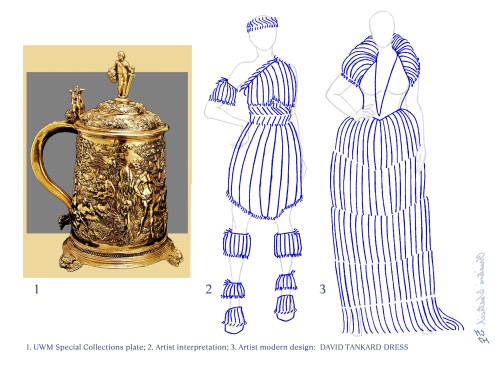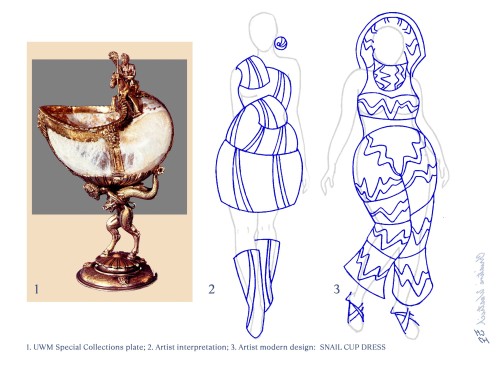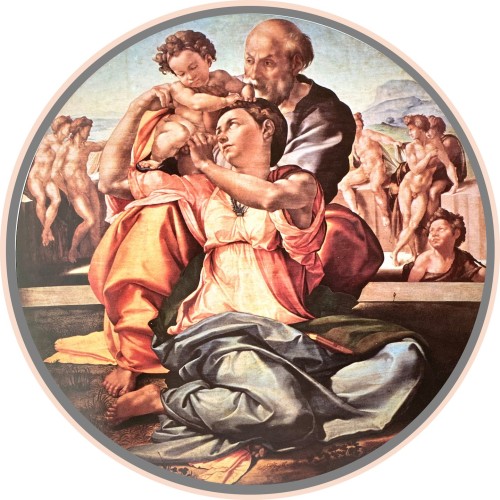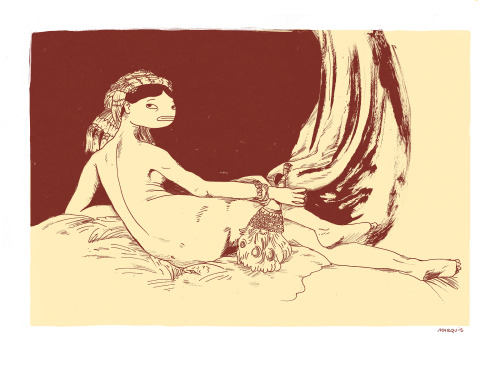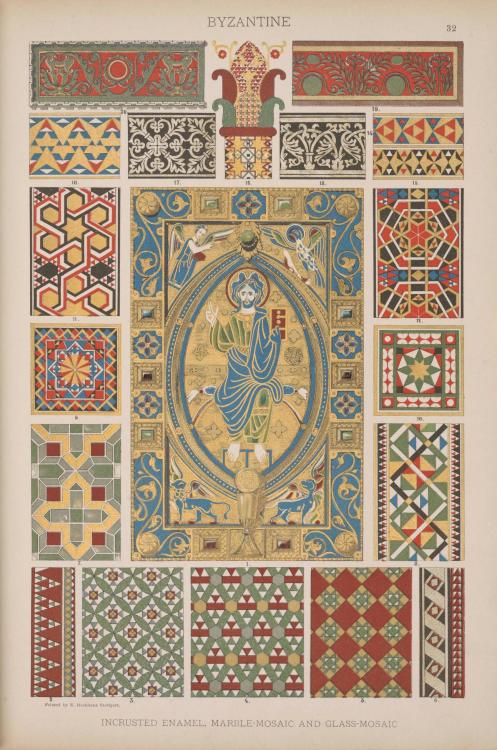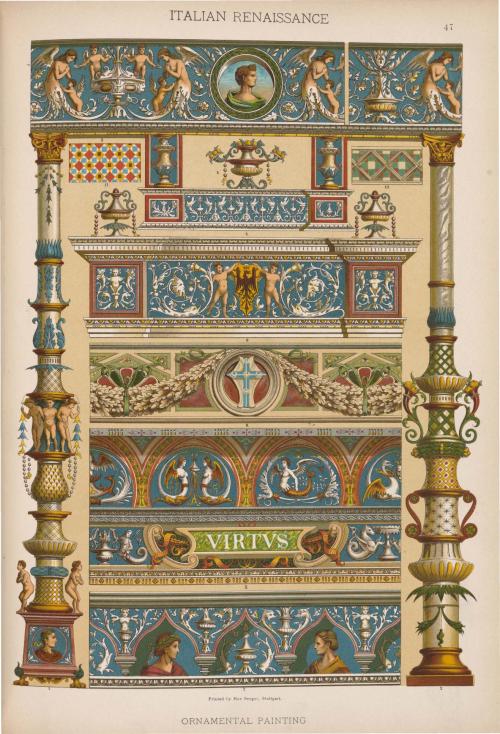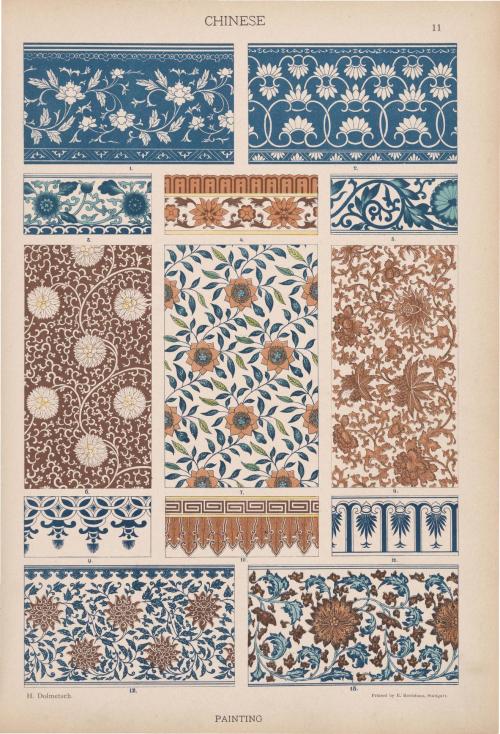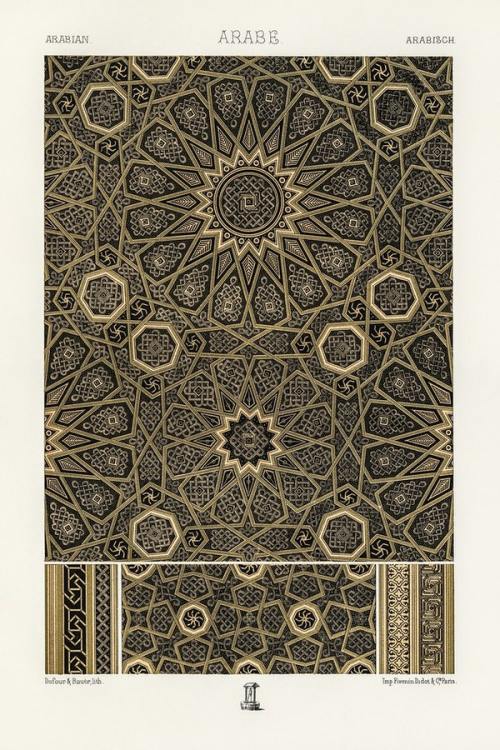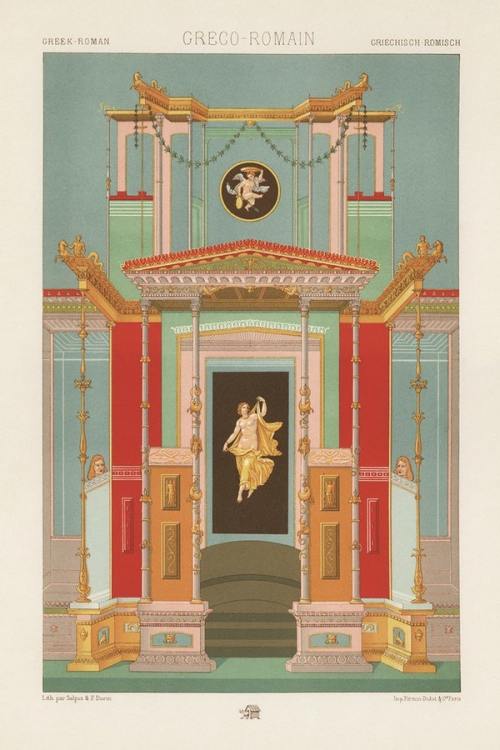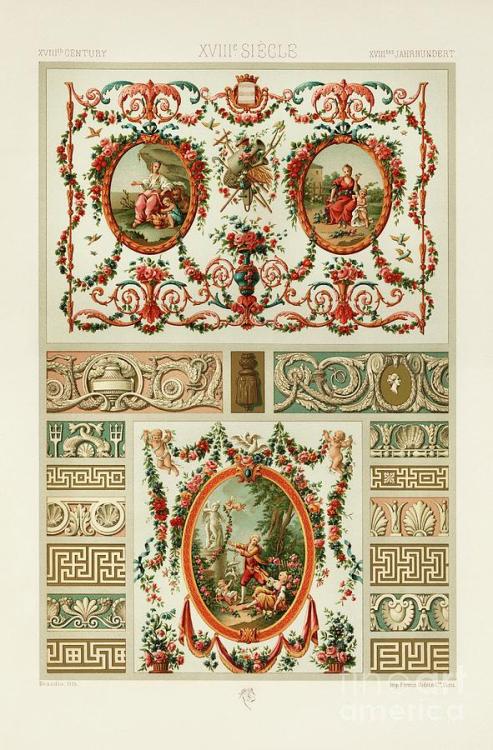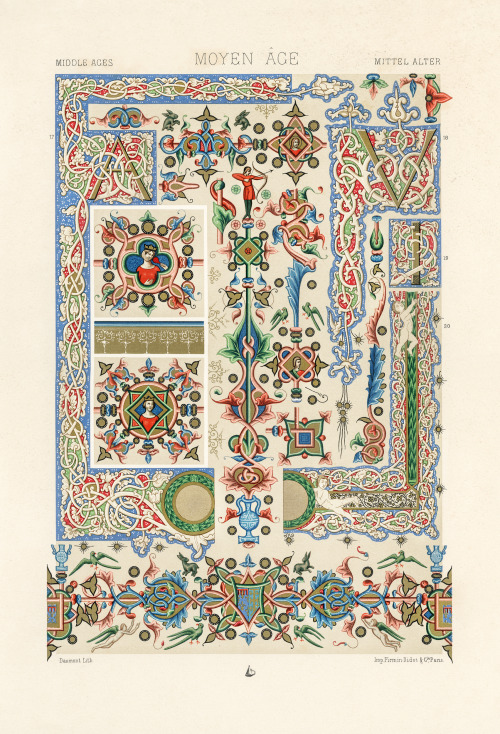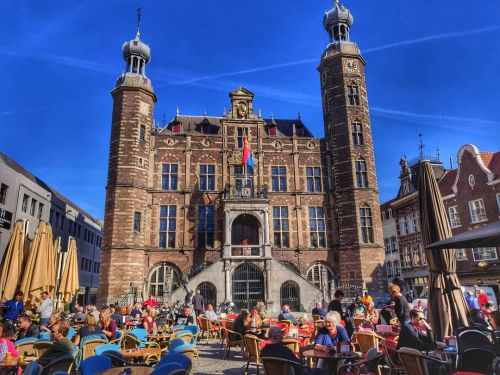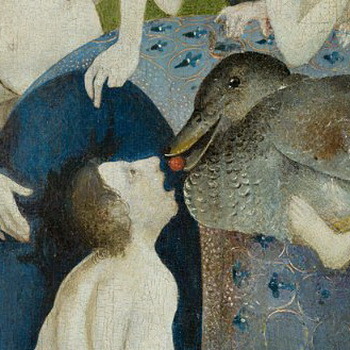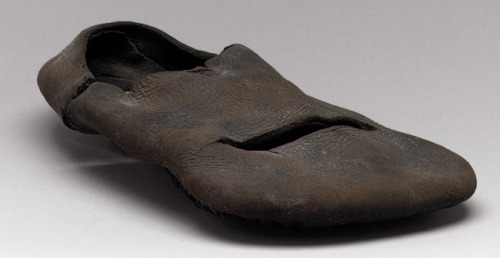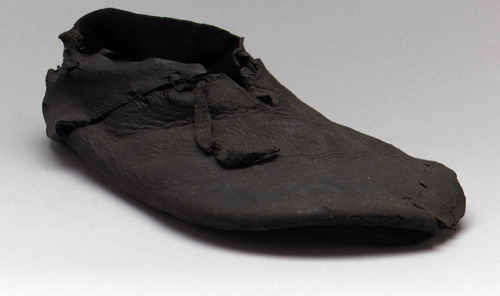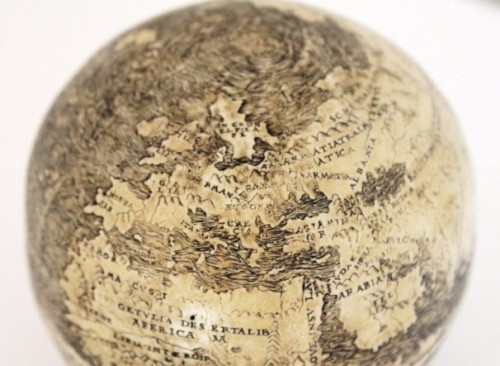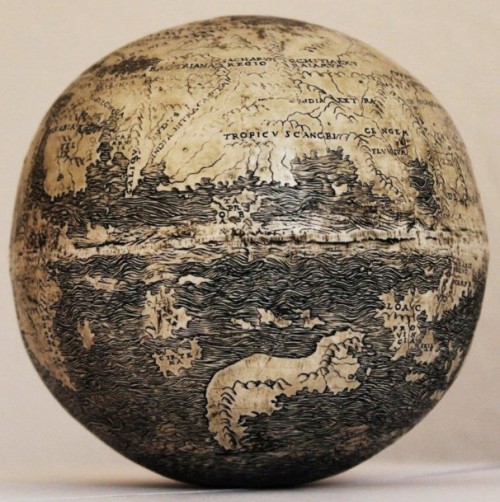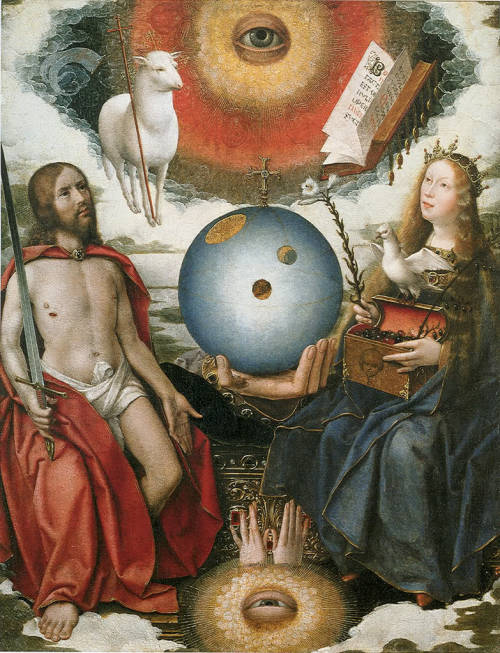#renaissance
reflection ____________________________________#madrigal #hemmerle #reflections #reflection #diamonds #diamond #jewelry #jewellery #jewelrydesign #mirrorless #mirrors #allvermeersinnewyork #addiction #jewerly #michelangelo #renaissance #artwork #art #artoftheday #jewels #jewelrylover #jewelsofinstagram #instagram #cute #pomegranate #munich #jewelrymaking #book #bookstagram #bookphotography
https://www.instagram.com/p/CTIE9L4Im5p/?utm_medium=tumblr
Post link
Fashion Friday: The Mannerism of Michelangelo
The Renaissance period is often synonymous with the greats of Michelangelo, Da Vinci, and young Raphael. These master painters poised “imitation” as preeminent beauty, art as poetry—ut pictura poesis—with Michelangelo arguably harnessing the peculiarities of the human spirit most adeptly in his abstract sprawl of figures, elongating their unseen beauty.
A Renaissance essay on Michelangelo by the nineteenth century art critic Walter Horatio Pater investigates the imagination of the master, calling attention to the artist’s wayward loves-at-first-sight and their contradictions with the sculptor’s mantra of la dove io t'amai prima, or,where I loved you before. Pater argues that it is precisely this paradox that comprises harmony: the delight between the sweet and the strange.
Pater repudiated his own time of the Victorian era, acclaiming the decadence of the Renaissance period as the seizing of life, or more aptly in his own words on living:
…to grasp at any exquisite passion… or any stirring of the senses, strange dyes, strange colours, and curious odours, or the work of the artist’s hands, or the face one’s friend.
It is in his words that we can embrace the unnatural grace of the late Renaissance, the period adorned with the Mannerist style of bold outlines, objects at-play with nature, and form with fantastical animal-humans. This unique style of the Renaissance is attributed to Michelangelo’s successors who desperately tried to imitate his alien elegance.
Hidden in the figures of Michelangelo are these languid features, satyrs in repose, where solemnity and “faces charged with dreams” dictate, as described by Pater. Darting poetic thoughts give us a glimpse of the bittersweet temperament of Michelangelo’s genius. He wrote of his torments in the pagan frivolities of endless quarrelling and his anger at the Gods for loving him so that he reached an age of eighty-eight years.
In all of his years, Michelangelo claimed his figures to be common, austere persons, yet his hand rendered an inherent surprise and energy that future imitators would exploit in quirky forest gods and lovely monsters.
Ergo, my first fashion plate is titled “DRAGON EWER Dress,” odd, but not as eccentric as the last two designs; perhaps you can trace the growth of the outlandish creature in each iteration.
Here is a listing of sources from the UWM Special Collections which I have augmented with digital color and outline to emphasize particular details of my inspiration:
1) A watercolor drawing by (or after) Wenzel Jamnitzer, circa 1575 in the Virtuoso Goldsmiths and the Triumph of Mannerism, published by Rizzoli International in 1976.
2-4) My interpretation and contemporary design of the DRAGON EWER Dress, SNAIL CUP Dress and DAVID TANKARD Dress based on Renaissance period vessels between 1540 to 1590 as published in the Virtuoso Goldsmiths and the Triumph of Mannerism, published by Rizzoli International, in 1976.
5, 6) French Renaissance plates of frieze borders in Rouen prayer books from 1508; and painted enamel work of Limoges under Italian faience between 1520 and 1540 as published in theDas polychrome Ornament: Hundert Tafeln, by P. Neff in 1880.
7) Walter Pater included an image of Michelangelo’s The Holy Family, or, Doni Madonna, at the Uffizi in Florence, Italy in his aethesticism manifesto, The Renaissance: Studies in Art and Poetry, published by the Limited Editions Club, Stamperia Valdonega in 1976.
8) Costume of the early sixteenth century often in velvets (red is common) and embellished with fewels, gold, lace, fur and feathers as illustrated by Belle Northrup in A Short Description of Historic Fashion published by the Teachers College at in 1925.
9) An 1592 engraving by Joseph Boillot titled Et Levrs Antipatie (possible translation Antipathy Lips) as publishedThe Renaissance in France: Illustrated Books from the Department of Printing and Graphic Arts, by the Houghton Library, Harvard University in 1995.
10) A drawing or possible woodcut of indentured lions as published in Thomas Wood Stevens’Book of Words: A Pageant of the Italian Renaissance, published by the Alderbrink Press at the Art Institute Chicago in 1909 for the Antiquarian Society.
Viewmy other posts on historical fashion research in Special Collections.
View more Fashion posts.
—Christine Westrich, MFA Graduate Student in Intermedia Arts
Post link
Sandro Botticelli, Ritratto ideale di una giovane donna
#sandrobotticelli #simonettavespucci #ritratto #botticelli #rinascimento #artdetails #art #detailofpainting #jewelsinpaintings #artjewels #renaissance #oldmaster #italianart #portraitofwoman #portrait #historyofart #artoninstagram #instaart #paintings
https://www.instagram.com/p/B_TIcANpTDg/?igshid=1he88h5uix7vt
Post link
The Historic Styles of Ornament Series 2 (H. Dolmetsch)
1. Byzantine
2. Arabian
3. Russian
4. Middle Age
5. Italian Renaissance
6. French Renaissance
7. German Renaissance
8. Chinese
9. 19th Century
10. 18th Century
Post link
Albert Racinet’s L'Ornement Polychrome (1869–73)
1. Chinese
2. Renaissance
3. Egyptian
4. Arabic
5. Greco Roman
6. Primitive
7. 18th Century
8. Japanese
9. Middle Age
10. 16th Century
Post link
Historic Town Hall @ Venlo
.
.
.
.
.
#Travelgram #Traveller #Instatravel #SeeTheWorld #TravelTheWorld #WorldTraveler #JustTravel #Globetrotter #NextDestination #WorldExplore #AdventureTime #Adventurer #ExploreTheWorld #GoExplore #SeekAdventure #GoPlaces #ChooseAdventure #AdventureSeeker #FindYourAdventure #CityTravel #ExploringTheCity #BeautifulCity #CityShot #CityExplore #AmazingCity #venlo #townhall #Netherlands #holland #renaissance (at Venlo)
https://www.instagram.com/p/CLkkZd5BLvP/?igshid=17m00gixqbyv7
Post link
Fellow Andrew Keener searched through annotated dictionaries, language manuals, plays from Renaissance England to learn about multilingual readers in Shakespeare’s England.
Post link
Petrus Candidus, “De omnium animalium natura, De animantium naturis”, ed. 1515.
GIFed by Pamela Chougne (@coucoutuveuxvoirmesgifs)
Post link
The Garden of Earthly Delicacies
munchy details from Bosch’s nutritious masterpiece
Bon appétit!
Post link
Shoes, 16th century
English
Black leather
Theseglorious pieces of footwear excavated from an archaeological site on the Thames River in London provide an overview of fashionable shoe styles from the mid-fourteenth to the early sixteenth century.
Post link
An Austrian collector has found what may be the oldest globe, dated 1504, to depict the New World, engraved with immaculate detail on two conjoined halves of ostrich eggs.
The globe, about the size of a grapefruit, is labeled in Latin and includes what were considered exotic territories such as Japan, BrazilandArabia. North America is depicted as a group of scattered islands. The globe’s lone sentence, above the coast of Southeast Asia, is “Hic Sunt Dracones.”
Post link
Renaissance
By Caroline Knopf
This series was shot for Conde Nast Brides 75th Anniversary Edition. It was produced in conjunction and inspired by the Metropolitan Museum’s Exhibition of Love and Art During The Italian Renaissance.
Post link


renaissance-esque
The Great Staircase of Hatfield, Hertfordshire, United Kingdom,
Completed in 1611.
Credit: Country Life
Post link




